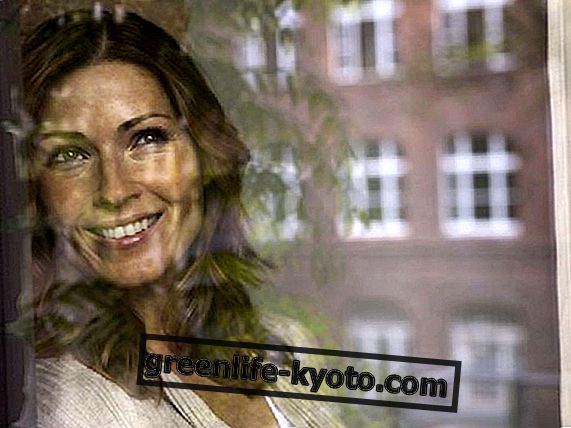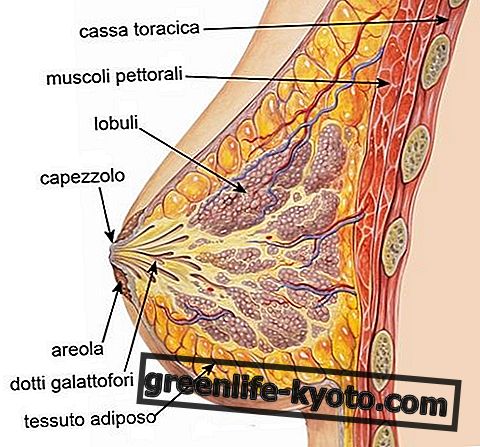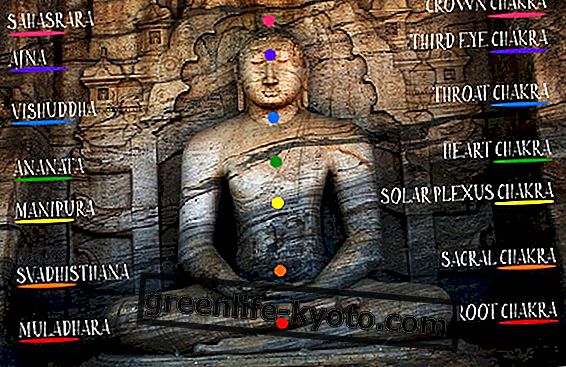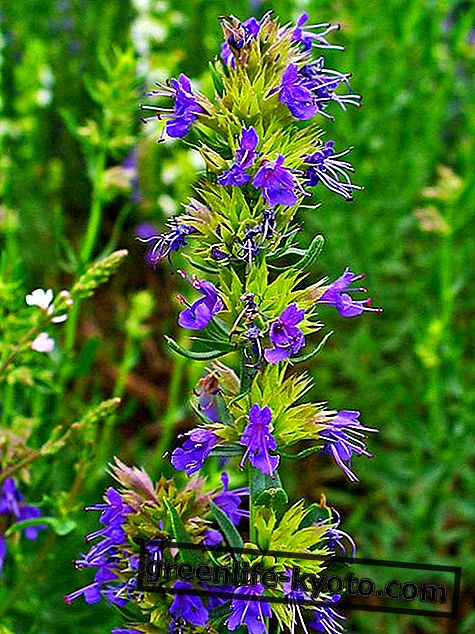
It is wonderful that in this world there is the possibility of leaving this world and entering, meditating, I find it wonderful. May it be done absolutely free, giving an offer that comes from the heart. It is wonderful that there are adequate facilities and people ready to serve. This happens in Vipassana meditation retreats.
I will not be able to describe it as one must simply because describing it properly is something that cannot be done, as it is different for everyone. It is for those who have already experienced it, it is for those who experience it.
Let's start with the roots. Vipassana is a word in poles, the language of the first Buddhist texts, and means "to see in depth", "to observe things as they really are" (and not as they appear). The term consists of the prefix vi- (translatable as "in a special way") and the root -passana, which derives from the verb pali "to observe", "to look".
The theoretical foundations of vipassana can be found in the Great discourse on the foundations of mindfulness . Among those who, in recent times, have made progress in the technique of vipassana meditation, it is necessary to remember the monk Mahasi Sayadaw (1904-1982) and the layman U Ba Khin (1899-1971).
Meditation and the teaching of the Buddha
In meditation retreats Vipassana wakes up early in the morning, very early. We do three meals a day and eat only fruit and hot liquids during the third, which is at 17.00, that's enough. We'll go into the detail of the technique later, for now I want to talk about the daily scan to introduce the element of the evening lessons in the form of a recording.
One meditates, meditates, alone and in the meditation room, all together, separate men and women, in the presence of the masters, the precious presence of the masters, with whom one has the possibility of dialoguing once or twice a day, in private form or during the final session of the questions, before going to bed. In the evening, as I mentioned, it is also the time for the lesson. The voice of master Goenka is heard.
It is not an intellectual entertainment, but of further directions that are provided while the work inside is in progress. In these recordings the master addresses the students in a simple and direct way. And he explains of himself, of his life as an entrepreneur before meeting this technique, of the first resistances once he came into contact with the teaching.
From the official website Atala Dhamma we read: " I was an industrialist so full of commitments. Dedicating ten days to a course was unthinkable for me. I was a very angry and self-centered person, hostile to others, and I thought myself very wise and intelligent for the fact that, although so young, I was very rich.The "I" was very strong in me.In an intellectual level I had begun to realize that this "I" so strong made me unhappy, but I did not know what to do.
For years I devoted myself to devotional songs, but to no avail. I tried to understand all the scriptures. I had read how harmful the negative activities of the mind were and how beneficial the positive ones were, and I continued to reflect on this. But as it had happened for the songs and the devotional practices, I felt relief for a certain time, but then I fell back into the same unhappiness.
Then came contact with a wise person, Sayagy U ba Khin, who became my teacher. He told me: "All these practices are games that take place at the conscious level of the mind, the superficial one, while the mechanism of mental habits that creates unhappiness lies at the root of the mind".
Vipassana meditation: the technique
There are no psychophysical visualizations or metaphors. no red fire at the base of the belly, no chakra or meridian path, no ball or shining sphere to imagine. In the first 3 days we practice on the anapana, breathing. Focus is on an area where the breath beats to sharpen the mind.
Personally, by virtue of all the psychophysical lessons (including yoga and tai chi chuan) taken so far as a student, the work was precisely to go and remove, given all the superstructures, guided meditations, the views given.
If in a yoga class you are told that a pain similar to a pin that enters the muscle band means that you are performing the position incorrectly, when - among the countless pains you feel after meditating for days - you feel a like that, you need to take away anything you've been told before. The physical pains that are faced in the days of meditation are reconnected in this secular system to something to be observed while maintaining equanimity.
You are still, an unpleasant feeling arrives. It will pass. You are still, a pleasant feeling arrives. It will pass.
This is the effort, it concentrates here, in understanding this, but understanding it in the skin, in the pores, in the internal organs, in the breath. It is in the nature of things to change. Even if I do tai chi for years, and the tai chi is the change, only now it seems to me to be predisposed to really begin to understand. Even if I have been doing yoga for years, and yoga does not give itself without breathing, only now I begin to observe how much and how it changes. Everytime.
The usefulness of a Vipassana residential course
In the days of Vipassana meditation there are many moments in which it comes to abandon, collide with oneself. We are filled with fear, we can brutally hurl ourselves against those who have nothing to do (the silences of the other students, the directives of the assistants, the suggestions of the teachers). Everything can become nutritious or annoying. Everything can be missing and everything can be damaged. For me there have been very intense dreams, some violent, others extremely pleasant, the mind went, wandered; there have been atrocious pains and conflicting sensations, but I stop it because it is already saying that it is conditioning the reader and I do not want to do this.
Small tips for those who go, given with humility and inviting you to take them with pliers (my experience is not yours):
- talk to the masters when you feel it is useful;
- go without expectations, if you decide to go;
- don't make the mistake of thinking that after Vipassana you are enlightened, in reality it is only after everything begins. In a different way.
Then we return to life, to unread e-mails, to stacked messages. We return to the word. To sounds and noises. You go to others. With a difference: if you have done a good job, if you have really done a serious test with this technique, you return among others with the always available possibility to come back in yourself and feel . And this is useful in life. It serves incredibly. It could be said that it counts as the oxygen the trees give us.
Personally, I am still thanking every day the special person who pointed this out to me. He doesn't know, I do. And that's okay.













